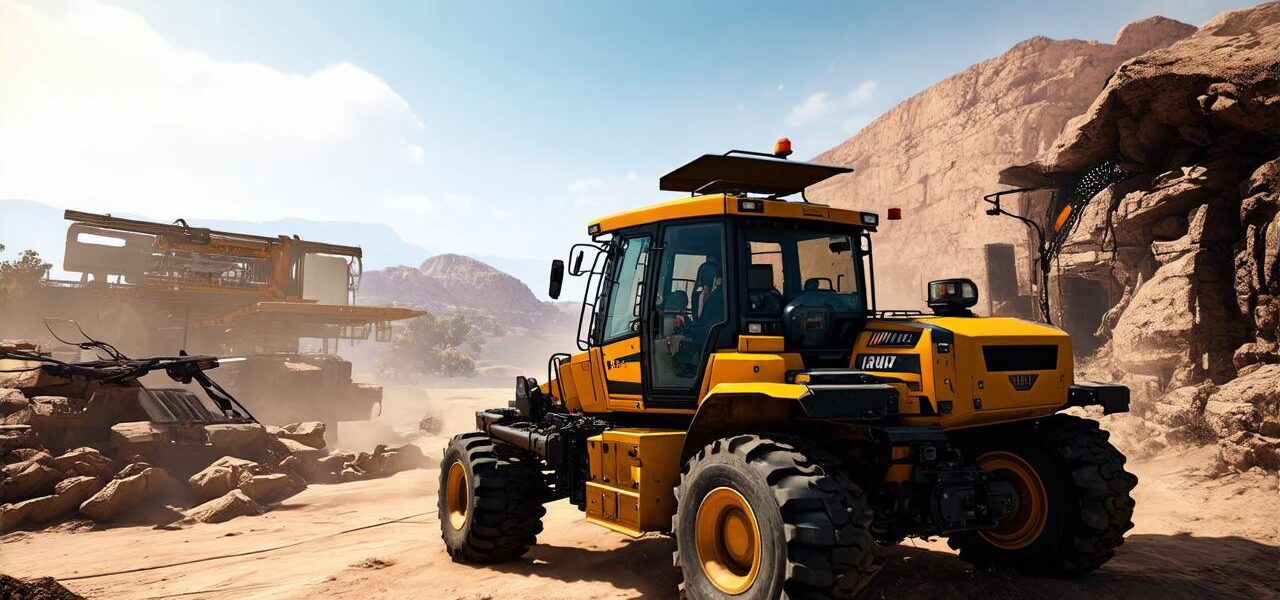Is Extraction Based on a Video Game?
In recent years, the world of video games has become increasingly popular and sophisticated. From immersive open-world experiences to complex strategy games, developers are constantly pushing the boundaries of what is possible in a digital environment. However, there is one aspect of game development that has been largely overlooked: extraction.
Extraction is the process by which players extract resources or materials from the game world, using various tools and techniques. This can range from mining for precious metals to gathering rare ingredients for crafting powerful weapons and potions. In many cases, extraction is a crucial part of gameplay, providing players with valuable rewards and helping them progress through the game’s story and challenges.
But what if extraction were not just a game mechanic, but also a real-world process that could be used to extract valuable resources from the earth? Is it possible to extract useful materials based on the principles of video games?
The Science Behind Extraction
To understand how extraction might work in the real world, we first need to examine the underlying science behind it. In a video game, players use various tools and techniques to extract resources from the game world. For example, in a mining game, players might use a pickaxe or drill to break up rocks and uncover valuable minerals.
Similarly, in real life, extraction involves using specialized equipment to extract valuable materials from the earth. This can include everything from oil and gas to precious metals like gold and diamonds. The process of extraction is often complex and requires a deep understanding of geology, chemistry, and other scientific disciplines.
Case Studies in Extraction-Based Video Games
There are many examples of video games that have incorporated extraction mechanics into their gameplay. One popular example is “Minecraft,” which allows players to extract a variety of resources from the game world, including wood, stone, and minerals like iron and diamond. These resources can then be used to craft tools, weapons, and other items that help players survive in the game’s harsh environment.
Another example is “Red Dead Redemption 2,” which features a detailed economy based on resource extraction. Players can extract valuable resources like oil and gold from the game world, which they can then sell to NPCs (non-playable characters) for a profit. This mechanic adds depth and realism to the game’s economy, allowing players to become wealthy and powerful by exploiting the game’s virtual resources.
Real-World Applications of Extraction
The principles of extraction in video games have real-world applications that could potentially revolutionize the way we extract valuable materials from the earth. For example, researchers at MIT have developed a technique called “mining video games” to extract valuable data and insights from the game world. This technique involves analyzing game data to identify patterns and trends, which can then be used to improve everything from logistics and supply chain management to financial forecasting and risk assessment.
Similarly, the principles of extraction in video games could potentially be applied to the mining industry itself. For example, researchers at the University of California, Berkeley have developed a machine learning algorithm that can predict the location and viability of mineral deposits based on data from video games. This algorithm could potentially revolutionize the way we find and extract valuable minerals from the earth, making it faster, cheaper, and more efficient than ever before.

Conclusion
In conclusion, extraction is a crucial aspect of gameplay in many popular video games. But what if extraction were not just a game mechanic, but also a real-world process that could be used to extract valuable resources from the earth? The science behind extraction in video games has real-world applications that could potentially revolutionize everything from mining and resource extraction to logistics, finance, and more. As technology continues to evolve, it’s likely that we will see even more innovative uses of extraction mechanics in both the digital and physical worlds.




